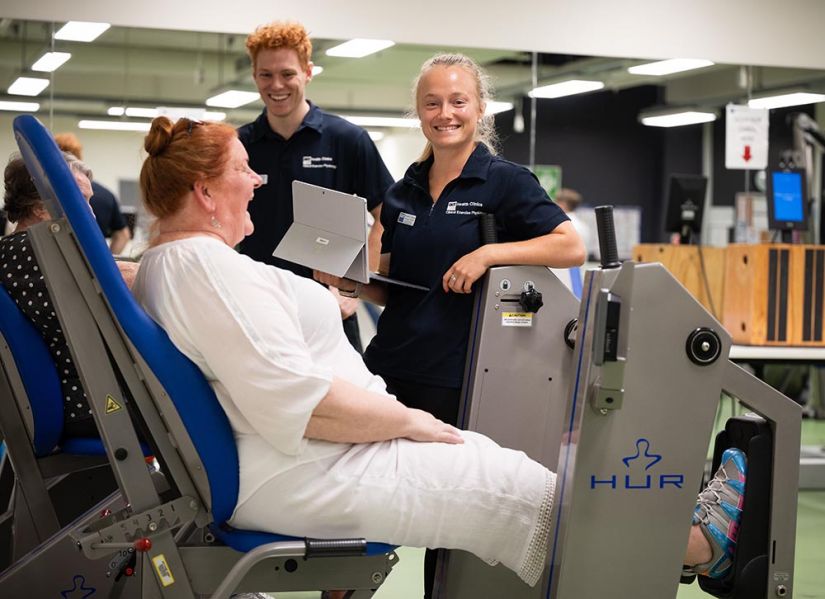
Georgia Christie, 26 February, 2024
Georgia Christie is learning how to prescribe exercise to help people living with diagnosed medical conditions.
Find out:
Why did you want to study exercise physiology?
I have been training with an Accredited Exercise Physiologist (AEP) for about 8 years now. I began seeing my AEP when I was playing competitive tennis and so he worked with me, designing exercise programs and fitness assessments to help improve my tennis.
In 2015 I became quite unwell and spent about 2 months in what was, Lady Cilento Children’s Hospital, where I was completely bed bound and wasn’t allowed to do any exercise at all. When I was discharged from hospital, my AEP and I then began exercise-based rehabilitation.
My AEP was fundamental in my rehabilitation journey and realising how influential he was in getting me to where I am today, inspired me to want to help others in the same way that he was able to help me. I would love to be able to help clients to not only improve their physical health and wellbeing, but ultimately, their mental wellbeing and quality of life.
Why did you choose QUT for clinical exercise physiology?
As a grade 12 student I attended QUT’s Open Day and I was immediately impressed by the warm welcome I received. From conversations I had with QUT teaching staff, I could sense their passion for teaching and willingness to go over and beyond for their students. I loved how students had access to amazing facilities, and learning resources which were available online and on campus.
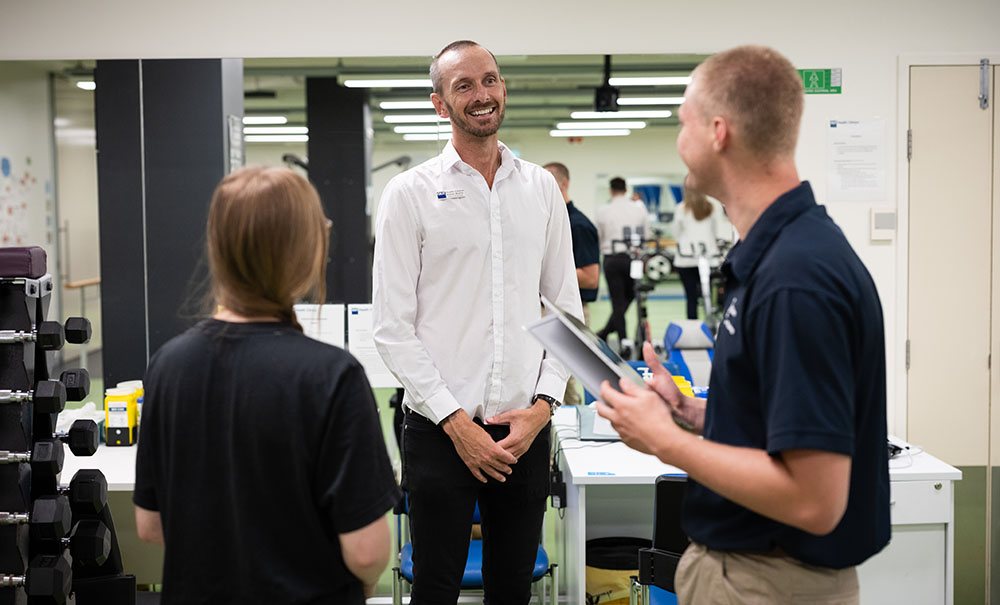
Ultimately, I was attracted to the hands-on learning approach at QUT which provides students with the toolset to effectively assist clients in the prevention, treatment and rehabilitation of acute, sub-acute, and chronic medical conditions, injuries or disabilities.
What do you study in an exercise physiology degree?
Two subjects that I have particularly enjoyed so far have been Biomechanics, and Functional Anatomy. In biomechanics we learnt how to apply various biomechanical principles to measure and analyse human movement and ultimately, apply these principles to optimise movement through exercise prescription.
In Functional Anatomy, we built upon our knowledge of biomechanical principles using Electromyography (EMG). During lab tutorials we would use EMGs to measure our muscle activity during various movements. We can view the muscle activity as waves on a monitor. We then discuss how, in a clinical setting, we could optimise those movements through exercise prescription.
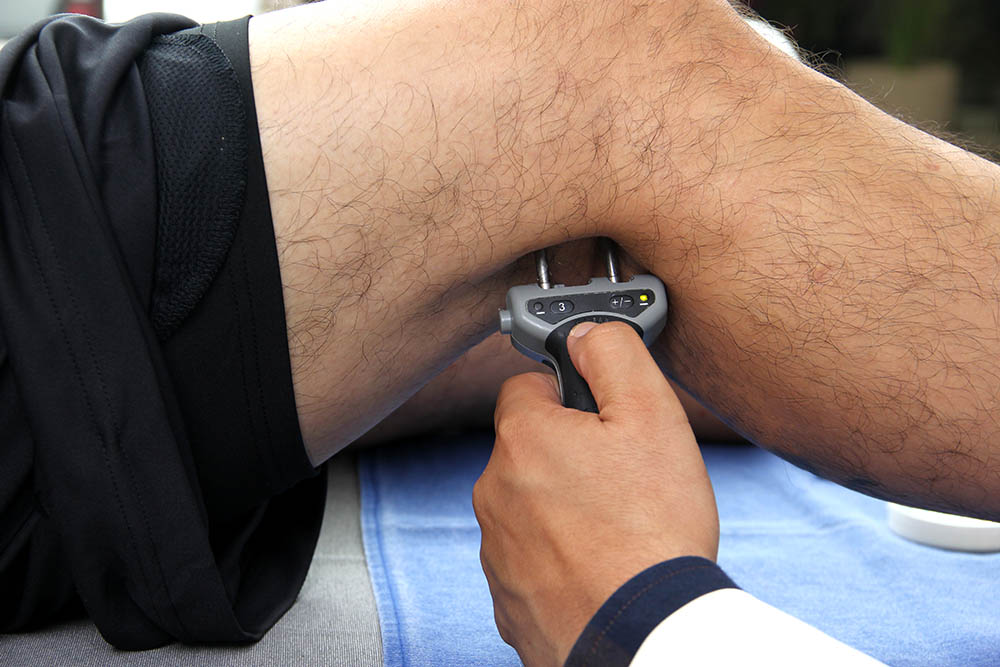
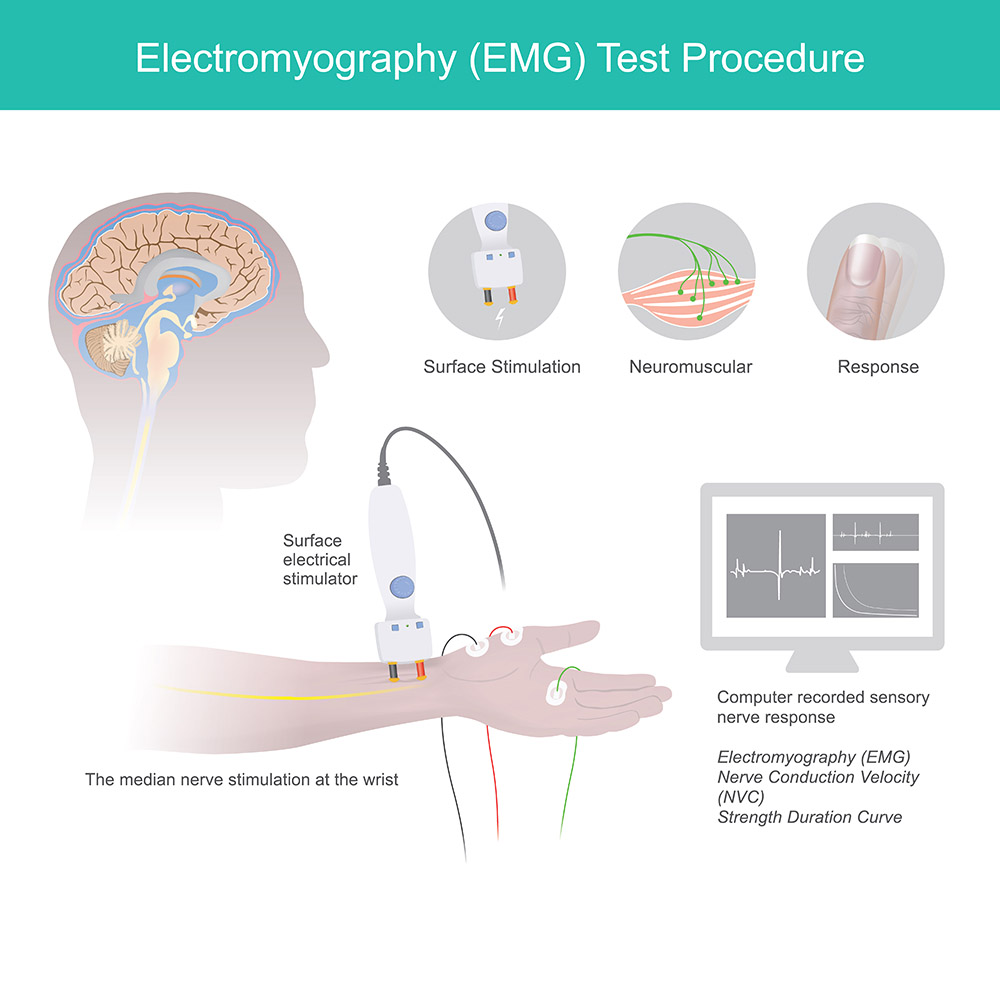
What are the classes like in clinical exercise physiology?
One thing that I love about this course is how hands-on the tutorials are. The tutorials do involve a lot of class discussions, but there is a huge emphasis on practising skills we learn in lectures to better prepare us for placement.
For example, this year we gained a much deeper understanding of the cardiovascular and pulmonary systems. In addition to learning the pathophysiology of these systems, we learnt how to set up, conduct, and interpret data from respiratory assessments and electrocardiograms (ECGs) on fellow students.
In combination with test results from various clinical health assessments (i.e. spirometry), we then applied our knowledge of various pathologies to develop appropriate, evidence-based exercise programs for mock clients.
We are also invited to volunteer at the QUT Exercise Physiology Health Clinics where we gain valuable experience in working with a variety of different people from different backgrounds who live with a range of conditions and diseases. This type of opportunity provides us with invaluable experience in active listening, rapport building, becoming ‘clinically curious’, and understanding how various diseases and conditions can present in many different ways from person to person.
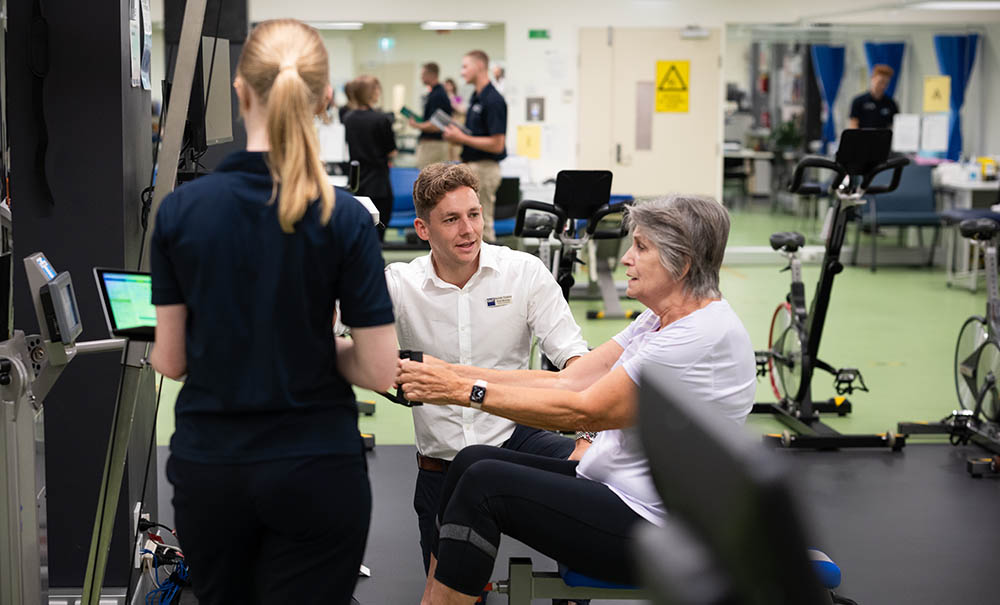
What practical experiences do you have in the QUT Health Clinics?
The QUT Exercise Physiology Health Clinics are student-led meaning that we (students) work one-on-one with clients to safely guide them through their exercise programs that have been specifically tailored to the client’s requirements. These programs are based on the results of various clinical assessments that the clients undertake during their initial assessments and re-assessments. During each appointment, we employ active listening and ask clinically curious questions to ensure that the client not only feels safe but that they understand how exercise can be used as a vehicle to help manage and/or treat the condition(s) that they live with.
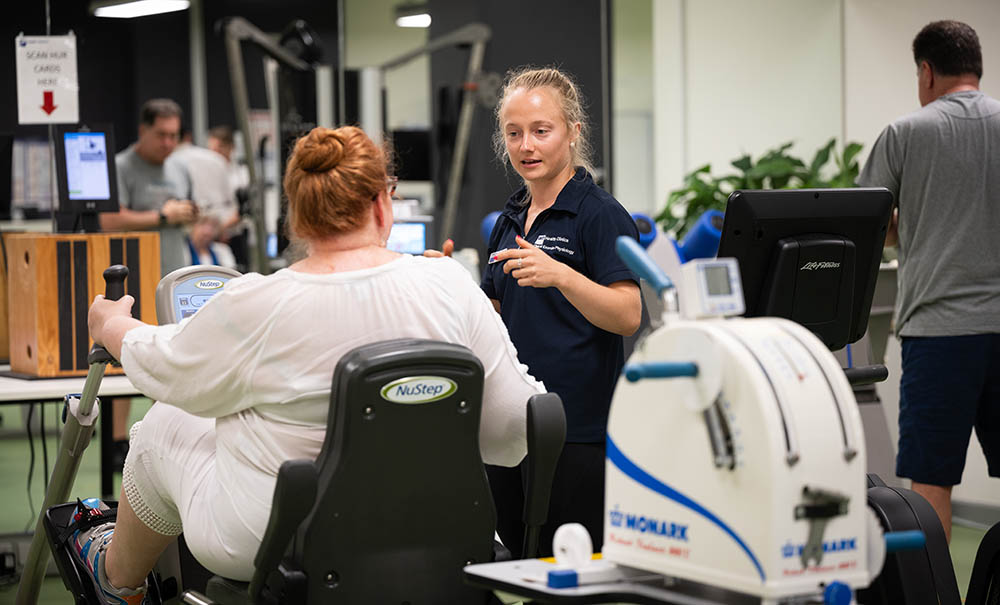
So far we have learnt many skills like taking blood pressure and blood oxygen saturation readings which both must be taken before and after every client session. We also have the opportunity to apply other skills that we have learnt like active listening, and this ensures that we understand what the client is trying to tell us. This could be about any concerns that they have or any uncertainties they hold around how exercise will be of benefit to them. We can also start to apply our knowledge about various disease pathologies relative to exercise programming and how we can best manage/treat these conditions with appropriate exercises.
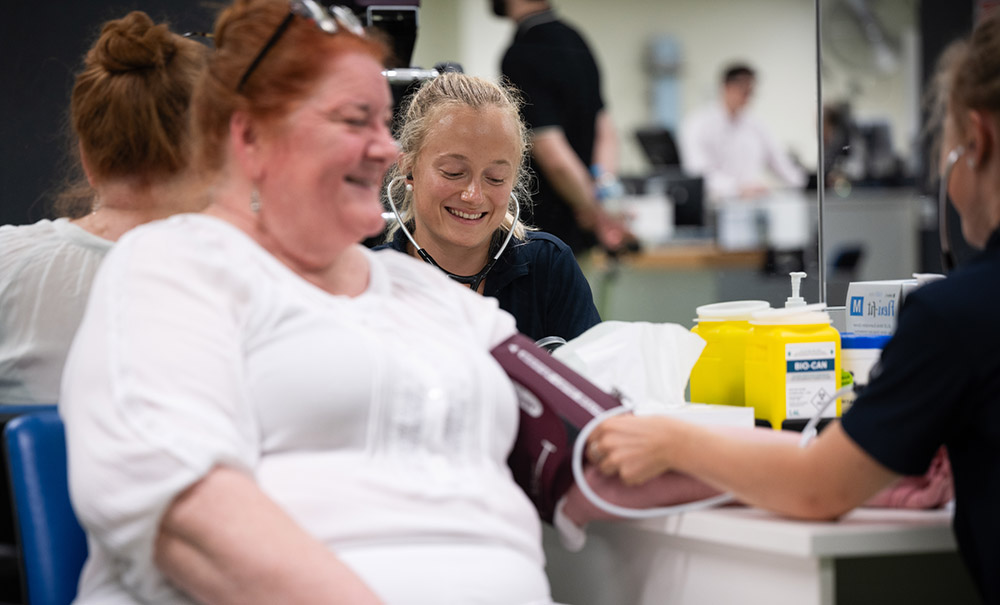
What advice would you give to other students starting out in the health clinics?
Before starting in the clinics I was very nervous! I didn’t really know what to expect, and I was very, very scared of making mistakes. However, we are essentially encouraged to make mistakes… because otherwise how else would we learn?!
Don’t be afraid of “messing up”, or “asking too many questions”. There is a reason that these clinics are student-led, and it’s because this is where we will learn the most about what it means to be an Exercise Physiologist than in any other subject in the whole degree! By being exposed to so many different people living with multiple different conditions we gain such hands-on experience that teaches us more than any textbook ever could.
Working in the clinics has made me feel really confident and validated that this is the career path I want to go down. I love working with people and this career is one that is so rewarding on so many different levels.
